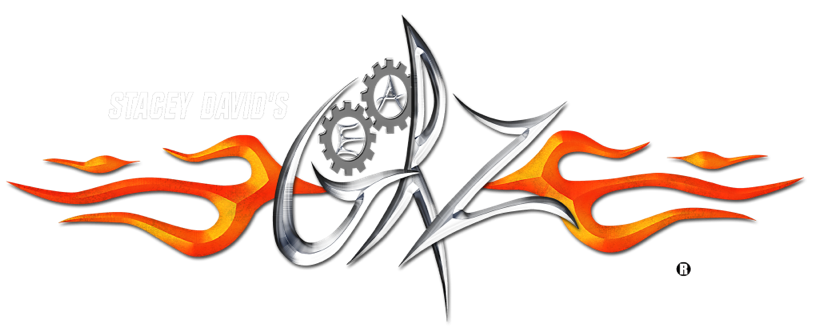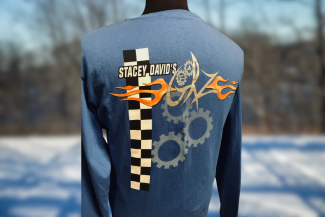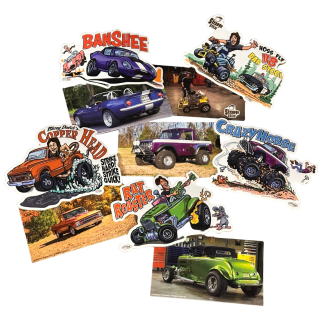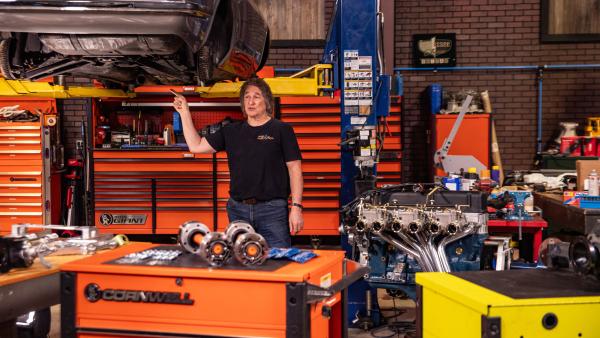Miller Tip 2: Improve Cut Quality
March 08, 2011
Metal cutting with plasma cutters has become so easy that it's tempting to take your new plasma cutter out of the box and go to work. But before you get started, here are a few tips to and some simple practices that can improve your cut quality.
Safety first: read your Owner's manual safety section
Get into a comfortable position using your free hand as support for your cutting hand that is gripping the torch.
Practice the movement of your cut before pulling the trigger.
Use a drag shield when available so you can place the torch directly in contact with the metal you are cutting. With non-shielded parts, hold an optimal 1/8 in standoff between the tip and the metal you are cutting. Standoff guides for use with non-shielded parts are available for most torches.
When piercing material, start with the torch angles approximately 45 degrees away from your body to prevent molten metal splash back into the torch head.
Start on the edge of the material and pull the trigger to initiate the pilot arc or pierce the metal per previous bullet. IMPORTANT NOTE: Keep a firm grip on the trigger throughout the cutting process. Lack of pressure on the trigger can cause arc outages.
Bring the pilot arc in contact with the metal to be cut. The arc will connect to the metal and begin melting a fine area of the metal. The force of the arc will blow the molten metal through the bottom of the metal.
Once the arc has penetrated the thickness of the material, begin to move slowing across the metal maintaining the tail of the arc beneath the metal being cut. The arc should exit the material at a 15 to 20 degree angle opposite the direction of travel.
At the end of a cut, angle the torch forward to allow the tail of the arc to match the arc entry point and allow the cut piece to completely sever the two pieces of metal.
There is an optimum speed for obtaining the best possible cut quality and minimizing dross build-up on the back side of the metal. Practicing cut speed on various thicknesses is recommended before beginning your job.
For precise cuts, clamp a straight edge onto your metal piece as a guide or create a template for cutting multiple, same shape patterns.
For more resources regarding Plasma Cutting, go to http://www.millerwelds.com/resources/improving-your-skills/plasma/
Fill out my online form.







